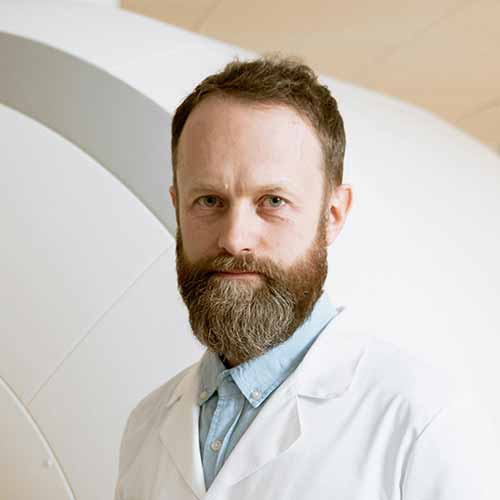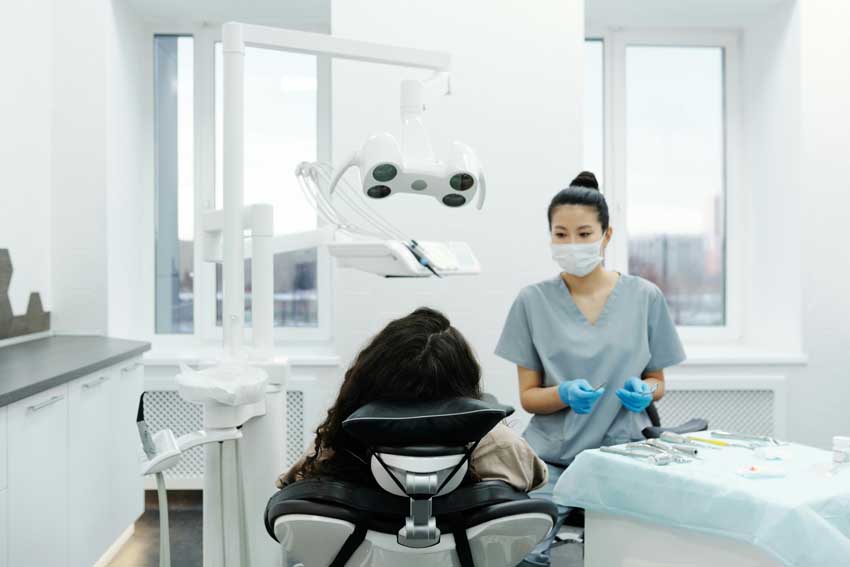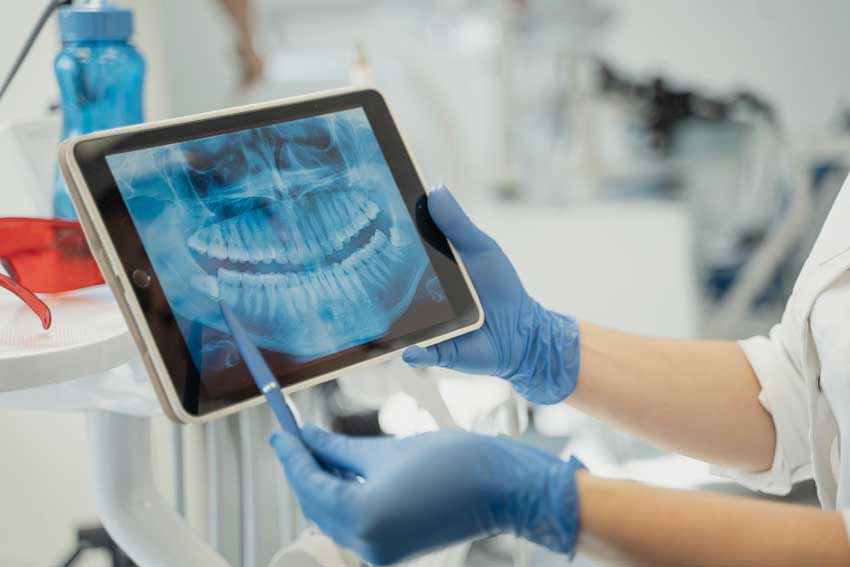Saç Ekimi Sonrası
Book your appointment
Reserve your free consultation with our health team in minutes.

Immediately after the hair transplant, we prescribe medications for the patient to use for one week and provide instructions on their proper use.
To prevent swelling on the face, we recommend resting in a semi-upright position with the head elevated and lying on your back for the first 3–4 days after the procedure. Try to sleep in a recliner or chair that can lean backward. Avoid standing or moving around too much, as this can cause fluid to settle in the face due to gravity, leading to swelling. If swelling occurs, don’t worry—it will resolve on its own within a few days.
Our specialized treatments
Our clinic offers a wide range of diagnostic tests and routine procedures to support early detection, accurate diagnosis, and effective treatment - ensuring every patient receives timely, personalized care tailored to their specific health needs and concerns.
Meet our doctors
Our medical clinic team includes skilled, compassionate doctors dedicated to long-term patient care and overall wellbeing. They work collaboratively to address both immediate concerns and preventive health goals for your entire household.
Questions about appointments
Have questions about scheduling or what to expect? Here are answers to common inquiries to help you feel fully prepared.
Cras eget leo in quam euismod viverra et luctus tellus. Nullam porta euismod est sodales cursus. In lacinia, mauris quis volutpat tempor, nulla turpis vulputate magna, ut elementum turpis leo vel libero.
Ut in vestibulum risus, ut tincidunt sem. Morbi molestie egestas felis, consequat mattis magna suscipit non. Proin ex enim, faucibus sit amet odio vestibulum, condimentum egestas libero.
Cras eget leo in quam euismod viverra et luctus tellus. Nullam porta euismod est sodales cursus. In lacinia, mauris quis volutpat tempor, nulla turpis vulputate magna, ut elementum turpis leo vel libero.
Things to Consider After Hair Transplantation
Avoid activities that increase blood pressure in your scalp on the first day, such as running, bending forward, and sexual intercourse. Do not perform exercises that cause sweating for the first 10–15 days after the hair transplant.
Do not touch or play with the transplanted hair. If an area itches intensely, gently press the itchy spot with a clean finger for a few seconds and then release. Do not scratch the scalp or pick at scabs.
Do not use a hairdryer for the first 15 days. Avoid using any medications or cosmetic products on the transplanted area for about 45 days. Do not dye your hair, and avoid saunas and tanning beds.
If you work in a dirty environment, wear a hat as we instruct for the first 3 days.

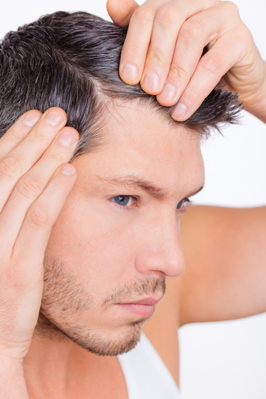
Things to Consider After Hair Transplantation
Be careful not to hit your head on anything. Avoid strong sunlight and trauma (such as heading a ball) that could delay your scalp’s healing for 4–6 weeks.
We remove the bandages and perform the first check-up 2–3 days after the operation. If the patient lives far away, they can remove the bandages themselves. We provide instructions and a video below.
During the first 2 weeks, we teach and guide patients on how to wash and care for their hair with practical demonstrations. Starting from day 3, patients begin washing their hair as instructed (we have an explanatory video on our website). The scabs on the transplanted hair gradually fall off during washing and are completely gone within 10–15 days.
Things to Consider After Hair Transplantation
Some of the transplanted hairs will start to shed 2–3 weeks after the procedure. Within 1–2 months, most of the transplanted hairs temporarily fall out. This shedding happens because the hair follicles enter a resting phase to repair themselves after the transplant and stop producing hair. After this resting phase, the shed hairs will begin to regrow within 2–4 months.
During this regrowth, some people may experience itchy, acne-like lesions both in the donor and transplant areas. This is a normal process caused by some buried follicles pushing through the skin. In this case, consult your doctor first and gently pop the swelling tip like a pimple without scratching, while maintaining hygiene.
Nearly all transplanted hairs will grow back within 8 months. Initially curly and thin hairs gradually become straighter and thicker. This thickening continues up to one year after the transplant. If a second procedure is desired to increase density in the transplanted area, it is recommended to wait 8 months. For transplanting a different area, waiting 3–4 months is sufficient.
If you want to wash your hair at home for the first time, carefully cut your bandage with scissors as shown in the video. Gently remove any gauze that isn’t stuck. Lightly apply the lotion to the transplanted areas and wait about one hour. Then, wash the lotioned area softly in circular motions using shampoo. Soak any remaining bandage materials thoroughly during washing. After completely soaking and removing all bandages, wash your scalp again, including the donor area, with gentle circular motions. Do not rub your head with the towel—just gently press and lift to dry. Wash your hair once daily until all scabs have fallen off.
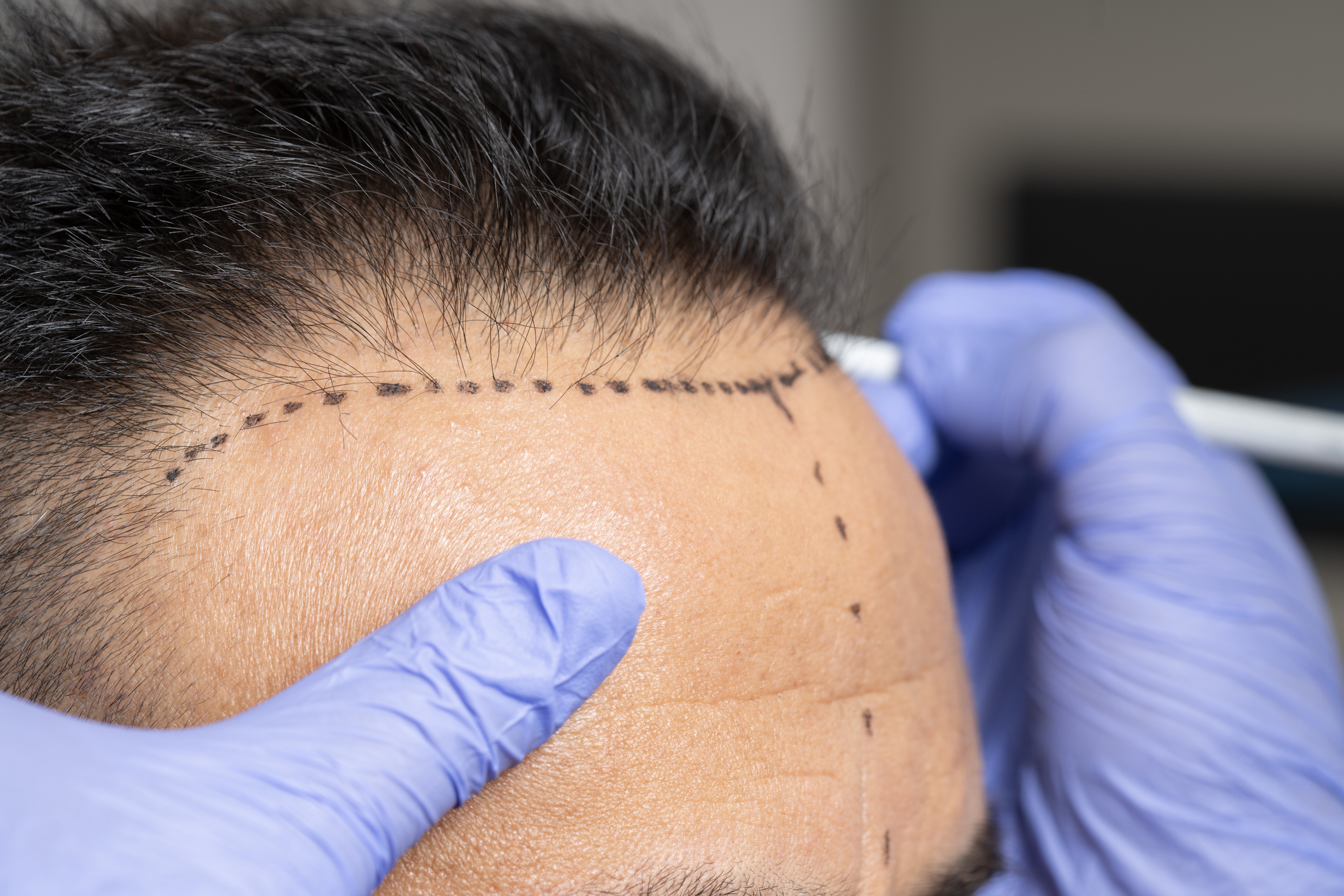
FUE and DHI (Direct Hair Implantation) methods
FUE and DHI methods are modern hair transplantation techniques that complement each other in terms of follicle extraction and implantation, offering natural results and fast recovery.
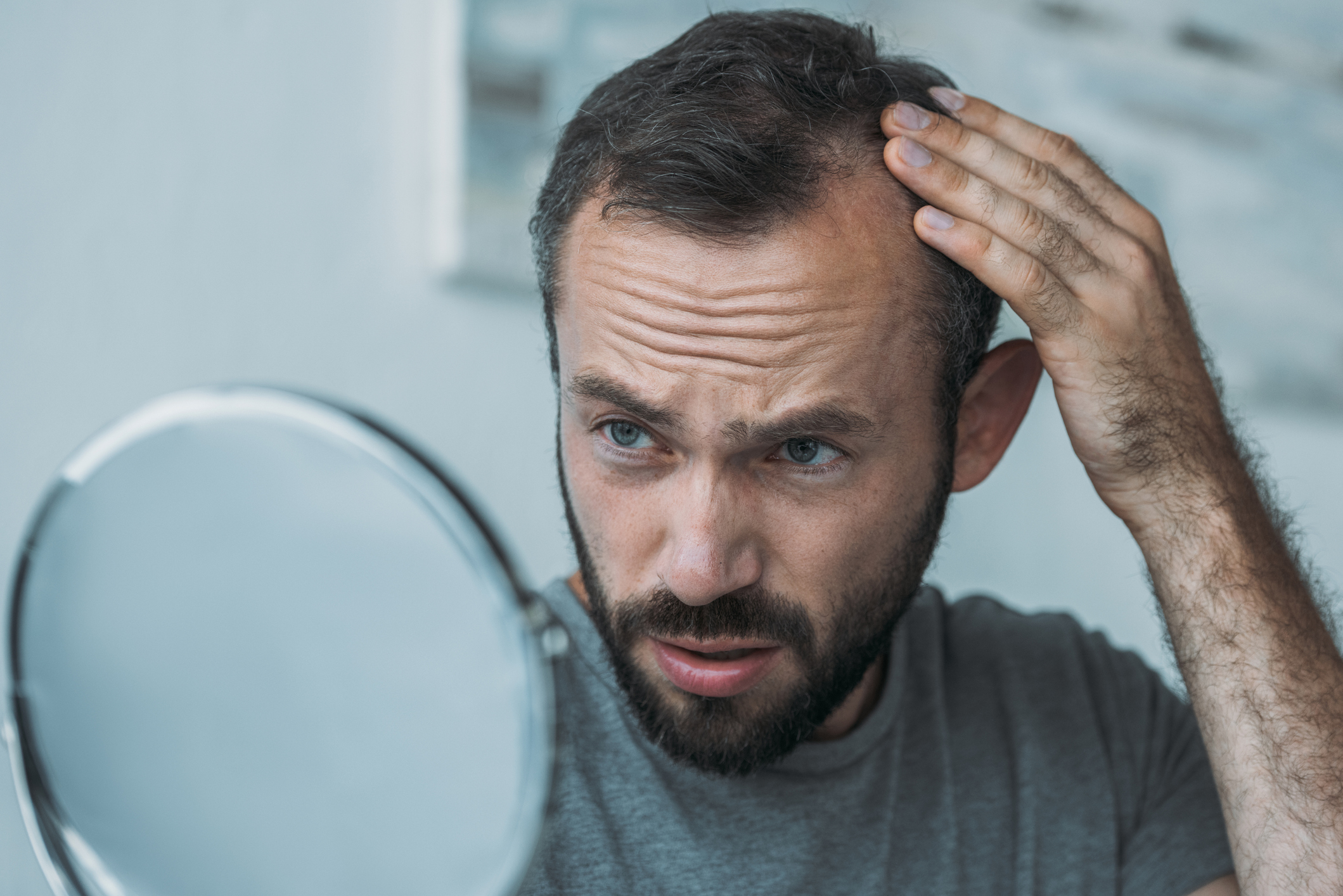
Things to Consider Before Hair Transplantation
Before a hair transplant, it is important to eat healthily, quit smoking and alcohol, inform your doctor about any medications, and follow the doctor’s recommended preparations.

Things to Consider After Hair Transplantation
After a hair transplant, it is important to be careful during recovery, follow the given instructions, and protect the treated area.

